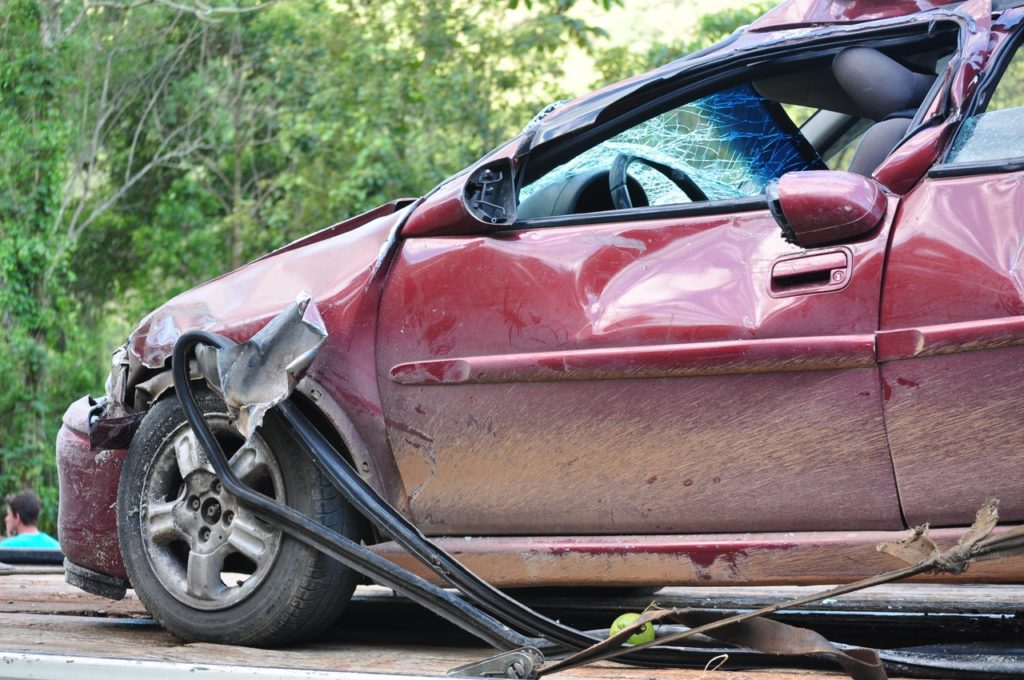The lockdown in the first half of 2020 led to 46 fewer deaths on the roads and some 6,000 fewer serious injuries, according to a study by the traffic institute Vias.
Compared to the first half of 2019, the number of deaths on the roads was down by 18%, from 237 in 2019 to 194 in 2020. The number of injuries fell by 26% from 22,841 to 16,8712.
However unusually, the number of fatalities in an accident involving a lorry rose from three in 2019 to 12 in 2020.
Vias attributes the lower numbers to the lockdown. Many people were on temporary unemployment, and those who carried on working were largely working from home. In the first weeks of the confinement, all non-essential travel was forbidden, and even when that restriction was lifted, people seemed reluctant to travel any more than necessary.
The reduction in the number of fatalities was higher in Wallonia (125 to 92) than in Flanders (104 to 92) though from a higher base. Brussels actually saw more road deaths than in 2019: from eight to ten.
The difference in the number of slight injuries was roughly the same in all three regions: 22% in Brussels, 23% in Flanders and 25% in Wallonia.
But while the number of accidents was lower, those accidents that did take place tended to be more serious.
“The significantly lower traffic density and the lower risk of being checked during confinement apparently prompted some drivers to press a little too hard on the accelerator,” explains the institute.
At the provincial level, meanwhile, the news is not all good. In East Flanders, for example, fatalities went up from 20 to 26, and in Limburg from 18 to 19.
As far as different types of road user are concerned, road deaths were down for all except for moped users, where deaths went up from four to seven. Fatalities among car drivers, on the other hand, went down from 73 to 55.
And deaths on the motorways were down less than on other types of road, from 49 last year to 46 this year.
The results of the road safety barometer for the first six months of this year have certainly been influenced by the lockdown of almost three months in which journeys were severely limited. This saved 43 lives and almost 6,000 fewer injuries on our roads,” Vias concludes.
“On the other hand, we observe a worrying trend when we look at the severity of the accidents. Although there was much less traffic, some drivers have taken significantly greater risks. It could be that due to teleworking traffic will still run fairly smoothly in the coming weeks. Still, it remains important to keep checking for excessive speed and alerting drivers to the dangers of speeding.”
Alan Hope
The Brussels Times

